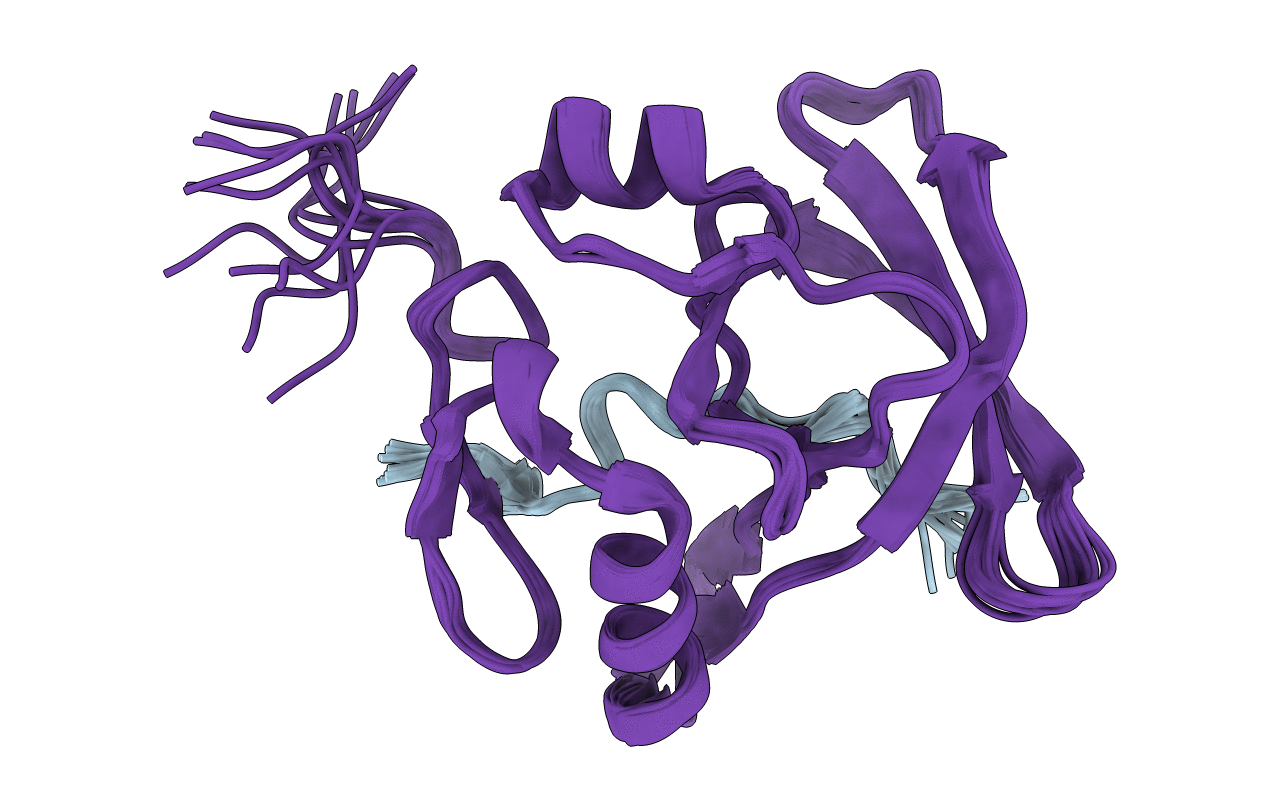
Deposition Date
2013-01-28
Release Date
2013-12-11
Last Version Date
2024-05-15
Entry Detail
PDB ID:
2M41
Keywords:
Title:
Solution Structure of the AXH domain of Ataxin-1 in complex with ligand peptide from Capicua
Biological Source:
Source Organism:
Homo sapiens (Taxon ID: 9606)
Host Organism:
Method Details:
Experimental Method:
Conformers Calculated:
200
Conformers Submitted:
15
Selection Criteria:
structures with the lowest energy


